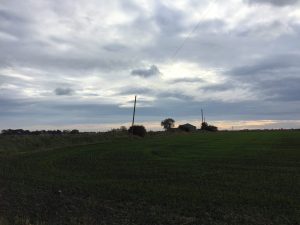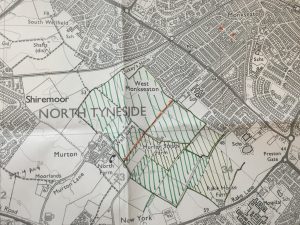Our team consists of 4 members : Aymeric, Ellen, Isaac and Jordy. We are from different countries and have therefore different planning backgrounds which we think could be an advantage for us in this project since we can benefit from our differences and come up with a good solution to the project.
Digital civics is a way of coming up with a solution to a specific issue through understanding the needs and requirements of a set of users through working with them. Nowadays, people use technology in their everyday life and is the most common way to receive and distribute new information in an interactive way. This is also why digital civics has become so important over the last years and is an helpful tool to get people more engaged and more involved in important questions that involves them and the area they are living in. By talking to different stakeholders and other people through a contextual enquiry in the concerned area we would get a wider perspective on the issue which would probably make us come up with a better solution to the issue.
This project includes working with Newcastle cycling stakeholder forum in order to come up with some sort of solution of how to display and allow discussions of the ideas and the issues of the forum meetings. Our goals for the meeting with our client are to understand the functioning of the forum and gather a greater understanding of its members and their experience of cycling in the city, how it could be improved and the issues they face. During this client meeting, it is also important to comprehend our client’s favourable method of displaying the information. We also need to identify the users who are going to be involved in our project as we need to cater to their individual needs. For example some individuals may not have access or be familiar with new technologies.
A issue we could face while talking to the client is that we will only receive one person’s perspective on the issues raised. If we were able to get the chance to talk to different people from different groups of the forum and various areas around the city we would get a wider perspective of the actual issue which would give us a better chance to come up with the best solution for every part of the project, therefore resulting in a greater overall uptake in the numbers of our selected civic grouping using our project.

 Please allow us to show off our photography skills for a minute… #nofilter
Please allow us to show off our photography skills for a minute… #nofilter Area hatched with green Sharpies was the moor and farmland, whereas the orange dotted line in the middle was the proposed north-south link road, an extension of the current access road.
Area hatched with green Sharpies was the moor and farmland, whereas the orange dotted line in the middle was the proposed north-south link road, an extension of the current access road.